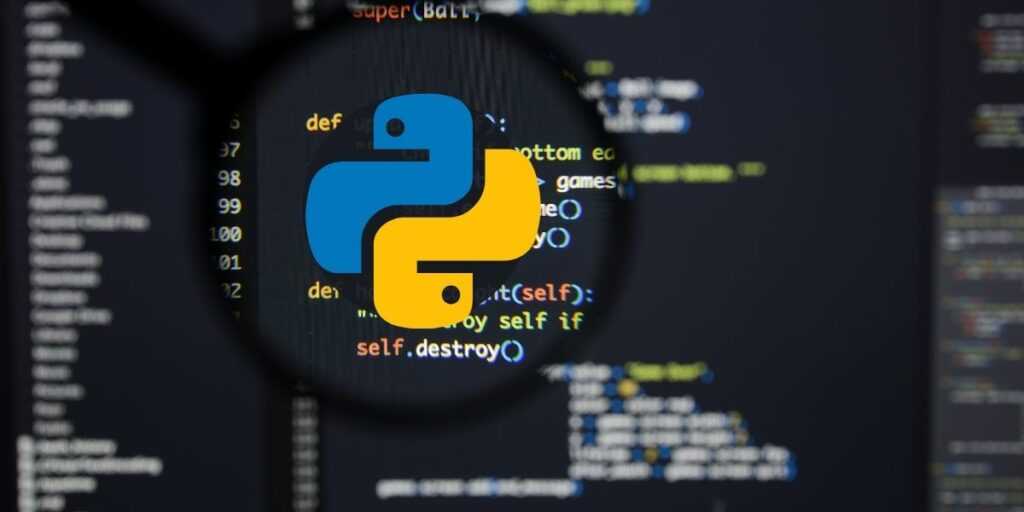
Applied Data Science Coding with Python: Naive Bayes Algorithm
The Naive Bayes algorithm is a method for classification in machine learning. It is based on Bayes’ theorem which states that the probability of an event occurring is equal to the prior probability of the event multiplied by the likelihood of the event given certain evidence.
Naive Bayes algorithm makes an assumption that the features are conditionally independent given the class, which is called the “naive” assumption. There are different types of Naive Bayes algorithm such as Gaussian Naive Bayes, Multinomial Naive Bayes, Bernoulli Naive Bayes, etc. Each one of them is based on different probability distributions.
The Naive Bayes algorithm starts by calculating the prior probability of each class, which is the proportion of data points that belong to that class. Then it calculates the likelihood of each feature given each class, which is the probability of the feature occurring given that the data point belongs to that class. Finally, it combines the prior probability and the likelihood of each feature to calculate the posterior probability of each class for a new data point. The class with the highest posterior probability is the predicted class for that data point.
In order to use the Naive Bayes algorithm in Python, you need to have a dataset that includes both the input data and the labels or outcomes. You also need to decide on the type of Naive Bayes algorithm that will be used.
There are several libraries available in Python to implement the Naive Bayes algorithm, such as scikit-learn, NumPy and Pandas. These libraries provide pre-built functions and methods to build, train and evaluate a Naive Bayes model.
It is important to note that Naive Bayes algorithm makes an assumption that the features are conditionally independent given the class, which may not always be true in real-world problems. Therefore, the performance of Naive Bayes algorithm might not be as good as other algorithms if the features are not independent.
In summary, the Naive Bayes algorithm is a method for classification in machine learning. It is based on Bayes’ theorem and makes an assumption that the features are conditionally independent given the class. There are different types of Naive Bayes algorithm such as Gaussian Naive Bayes, Multinomial Naive Bayes, Bernoulli Naive Bayes, etc. There are several libraries available in Python to implement the Naive Bayes algorithm, and it’s important to note that Naive Bayes algorithm makes an assumption that the features are conditionally independent given the class, which might not always be true in real-world problems.
In this Applied Machine Learning & Data Science Recipe (Jupyter Notebook), the reader will find the practical use of applied machine learning and data science in Python programming: How to apply Naive Bayes Algorithm.
Essential Gigs
For only $50, Nilimesh will develop time series forecasting model for you using python or r. | Note: please contact me…www.fiverr.com
For only $50, Nilimesh will do your data analytics and econometrics projects in python. | Note: please contact me…www.fiverr.com
For only $50, Nilimesh will do your machine learning and data science projects in python. | Note: please contact me…www.fiverr.com
For only $50, Nilimesh will do your gis and spatial programming projects in python. | Note: please contact me before…www.fiverr.com